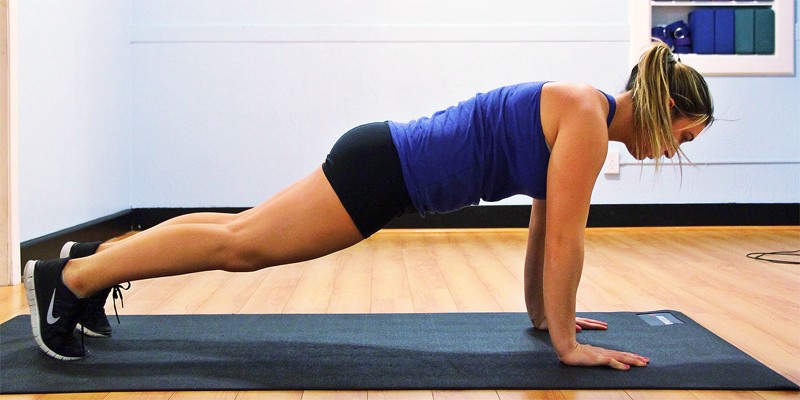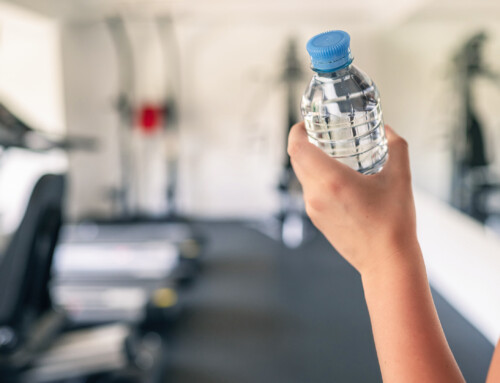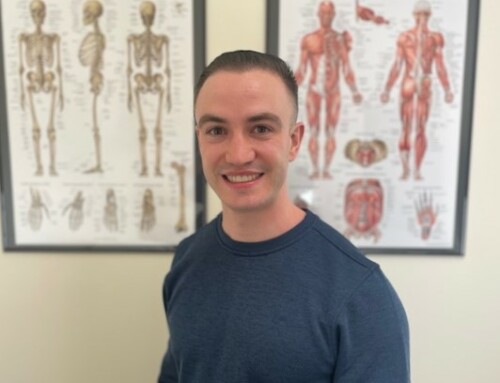 Assessing Your Core Strength
Assessing Your Core Strength
Core training, core strength, core stability. We hear and read these phrases nearly everywhere these days. When we hear the word, “core,” must of us automatically think of the abdominal muscles. And we would be partially correct; assessing your core strength begins here. How strong is your core?
In totality, the core is made up of the spine and surrounding musculature, the hips and pelvic girdle, the abdominals, and even the lower region of the latissimus dorsi and the gluteus maximus. The word “core” refers to the deeper central and foundational structures of the body, including deep muscles, ligaments and fascia that we probably never even consider when we are working out.
Now that we know exactly what the term “core” means, we can readily begin to understand why it is so important to keep our core not only strong, but flexible as well. Our core is what enables us to bend over, twist and rotate, and exert force in a defined and deliberate direction. It also keeps us balanced and enhances our endurance during sustained periods of activity and exercise.
When we stop to think about it, our core is what enables us to do things like pedal a bicycle, push a heavy object, run up or down the stairs, or balance on one foot. The core makes it possible for ballet dancers to perform leaps, jetés and other complex movements. A strong core allows body-builders to press and lift heavy weights without injury. And the core helps provide long distance swimmers, runners, and cyclists with the endurance necessary to complete their races.
How do I assess the strength, flexibility and endurance of my core?
Now that we have a more complete picture of our core, there are several ways to assess our level of core strength and stability. One of the most basic and widely known measures is the classic “plank” position.
The plank is done correctly when the neck, shoulders and hips are in alignment, the abdominals are not sagging toward the floor and and hips are not lowered. The head and neck must also remain in neutral alignment with the rest of the spine.
Holding the correct plank position for a minute or more is a great way to both assess and improve core strength and stabililty. It is an isometric, rather than a dynamic movement that effectively engages most – if not all – of the core muscles. Think about it: you are engaging the shoulders, lat muscles, abdominals and glutes when holding the body in a plank position. In contrast, when you perform an abdominal crunch, you are working the superficial muscle layers more than the deeper layers, and you are not engaging many of the other muscles that comprise the entire core. And don’t forget – if you want washboard abs, you also need strong back muscles.
A strong core must also be a flexible core. This is where dance, yoga and pilates exercises can help to improve flexibility while enhancing strength and endurance at the same time. Anyone who has injured him or herself by a simple movement like twisting around to look behind us or bending over too quickly to pick up an object will understand the importance of maintaining a flexible core.
PT & Assessing Your Core Strength
The physical therapists at Capital Area Physical Therapy are trained professionals in body mechanics and diagnosing functional movement deficits. They utilize data obtained by a simple core endurance test to develop a treatment protocol that will improve the strength, endurance and control of the core muscles. They can improve joint restrictions and enhance movement by following a hierarchy of “Mobility-Stability-Strength”. For more information and treatment options, call (518) 289-5242 or contact them online to schedule an appointment at their Malta or Queensbury physical therapy locations.
Related Posts:
- Exercising Your Core: Are You Doing It Correctly?
- Physical Therapy Considerations for Dancers: Core Stability
- Flexibility vs. Mobility

 Assessing Your Core Strength
Assessing Your Core Strength



